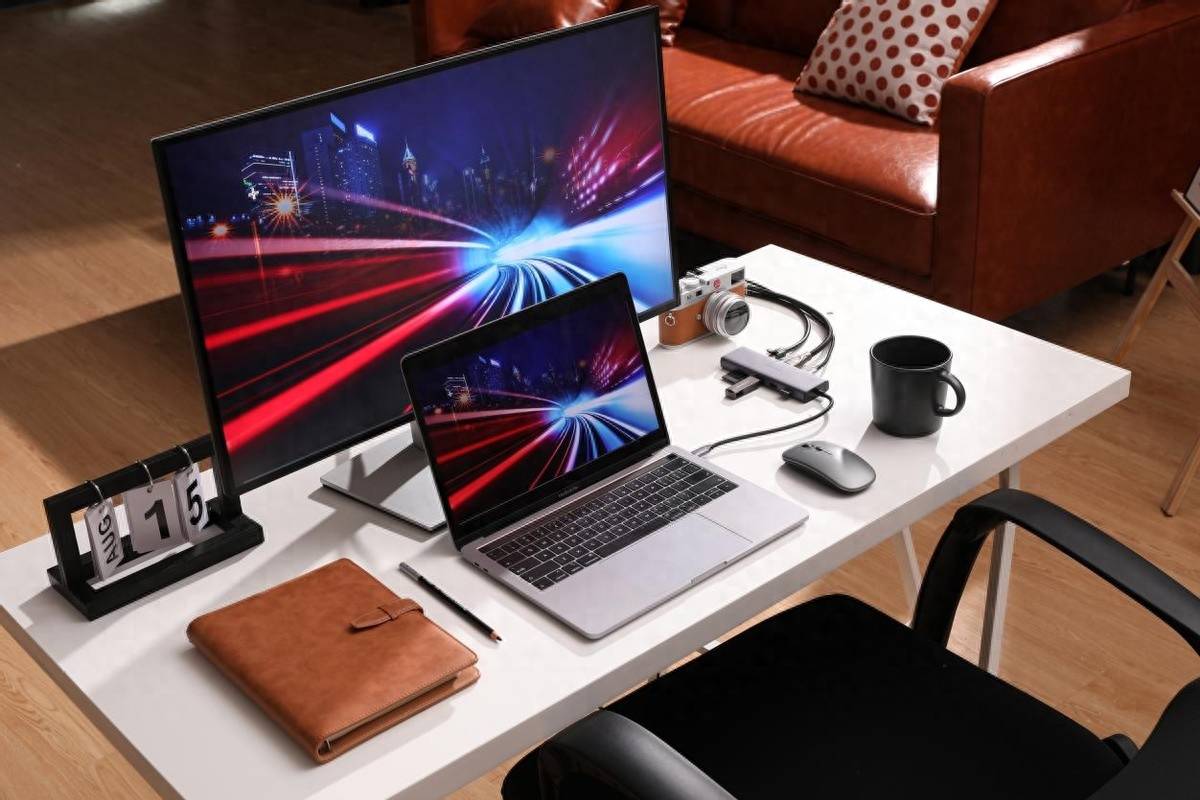What is USB Docking Station?How it works and why you want it.
A USB-C hub, docking station or adapter is the solution to the problem of how to connect multiple essential or “nice-to-have" devices to your laptop through one cable when you don’t have enough or the right types of ports.
The answer is they’re lifesavers if you are:
- ?An employee sharing a workspace with other team members.
- ?A teacher who needs to share data, video and notes with their students on a big screen.
- ?A photographer or videographer on a shoot.
- ?A sales rep about to give a digital presentation.
This article will help you understand the importance of having the correct hardware to support your device usage at home and on the go. These days, we're using more devices than ever, and it’s not always obvious which accessories are necessary to support them. Below we explore the key benefits of and differences between USB-C hubs, docks and adapters to help you find the one that’s right for you.

USB-C Hub Features & Benefits
Today’s sleeker, more portable laptops may be easier to carry, but they have fewer ports. A USB-C hub expands the number of ports available to connect your devices and peripherals, and options range from hubs that add USB-A ports to multiport USB-C hubs with Gigabit Ethernet, HDMI, or SD connections.
USB-C multiport hubs are usually easier to use on the go than a full-sized docking station, but they aren’t just designed for work or play away from your desk. USB-C hubs are a cost-effective and space-saving solution for adding ports to your laptop, PC, or gaming system, so you can connect those extra monitors or other devices or peripherals you’d love to use.
